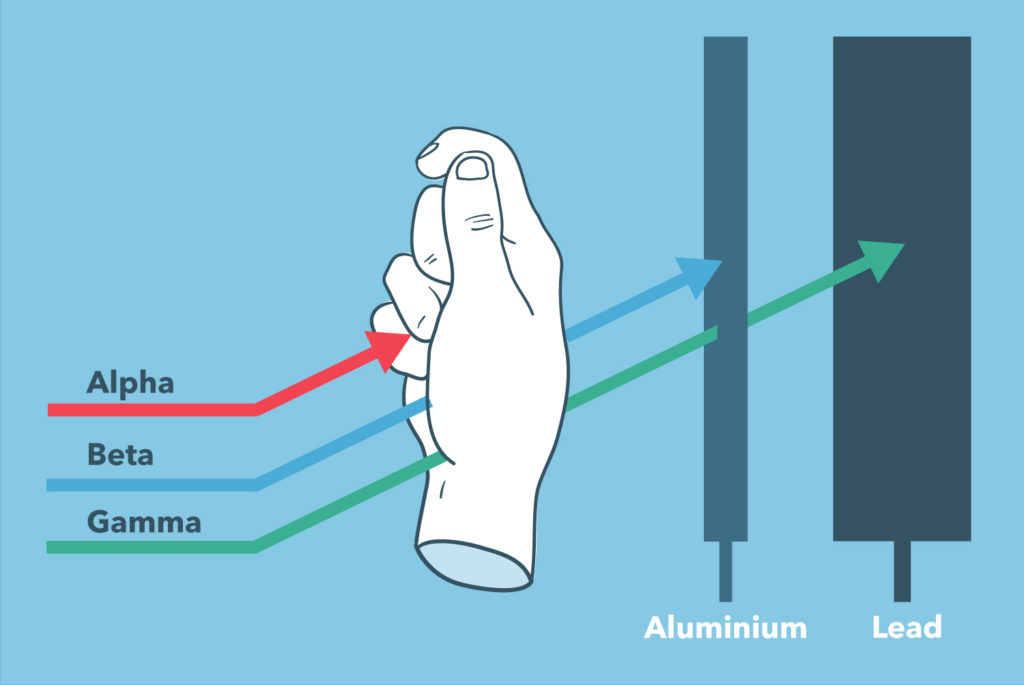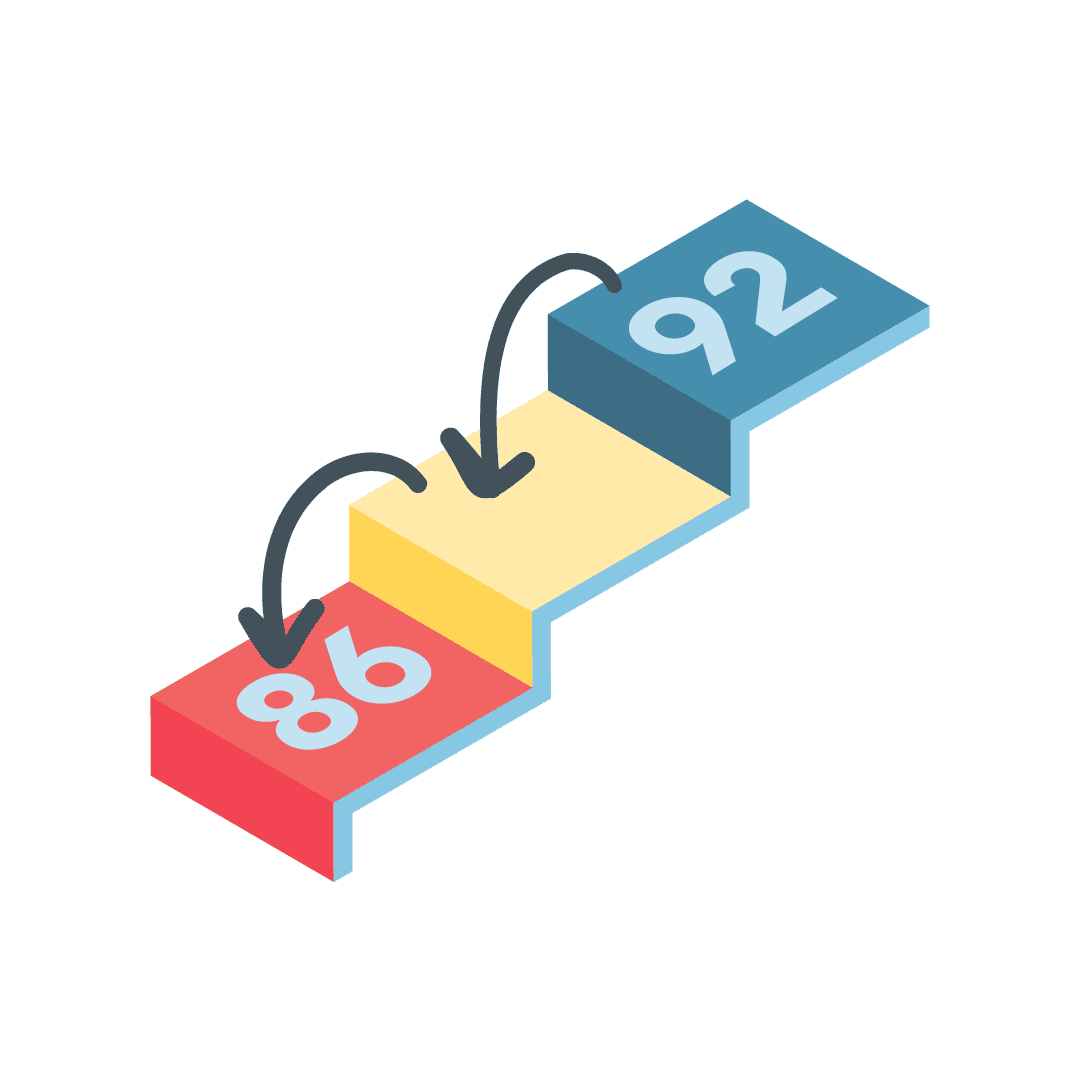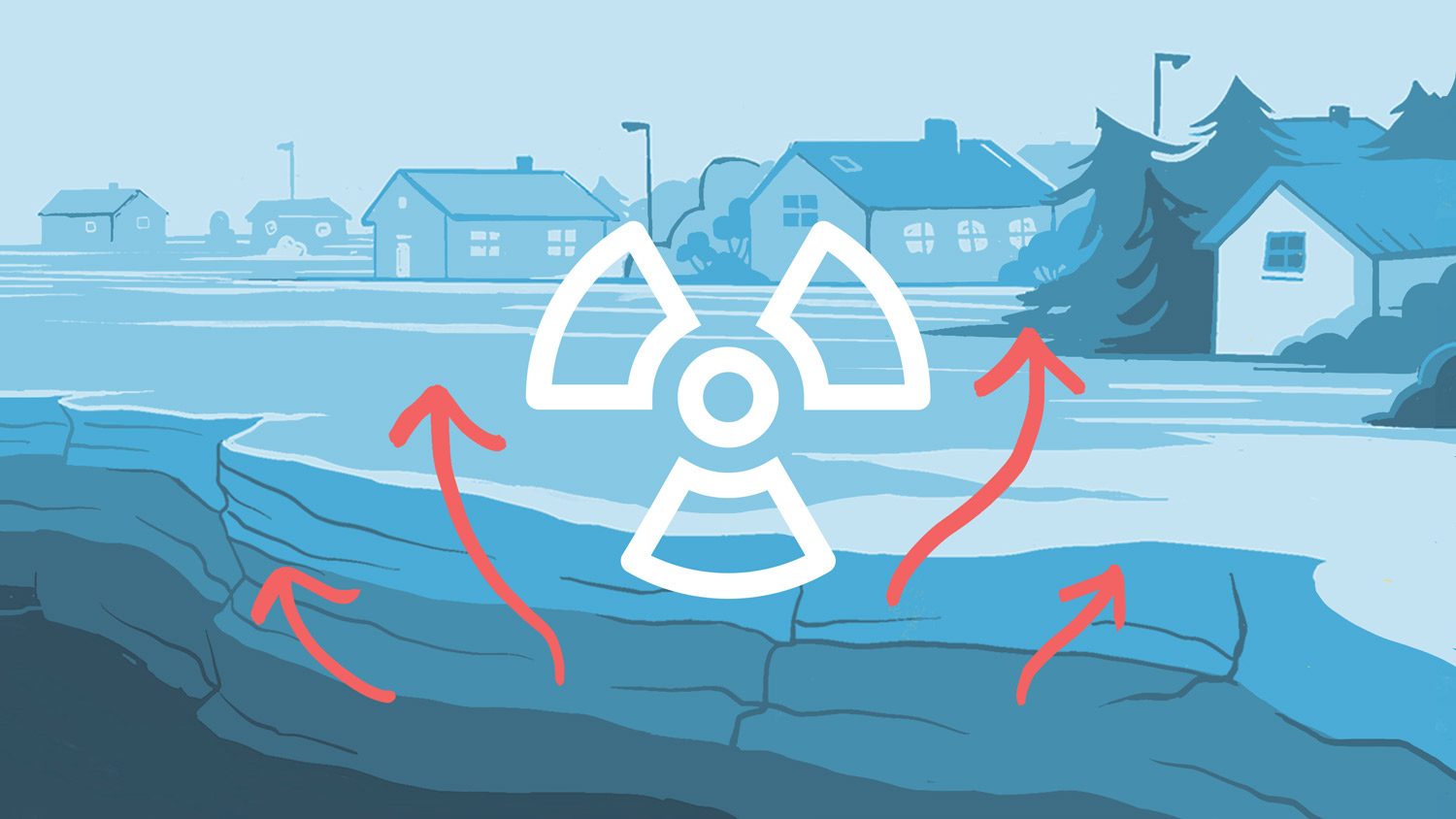
What is radon gas?
Radon gasa naturally occurring, radioactive gas that comes from the breakdown of naturally-occurring radioactive elements like... More is a naturally occurring, radioactivewhen unstable atoms give off particles that can be harmful to humans Sources• https://www.bbc.co.uk/bitesize/guides/zp86v9q/revision/1... More gas! It is in the atmosphere in small amounts. Like all elements, it is given an atomic symbol for the periodic table. Radon’s atomic symbol is Rn.
Is radon gas radioactive?
We have all heard of radioactivewhen unstable atoms give off particles that can be harmful to humans Sources• https://www.bbc.co.uk/bitesize/guides/zp86v9q/revision/1... More things. Maybe we think of the bright green goo in our favorite comic books. But what does radioactivewhen unstable atoms give off particles that can be harmful to humans Sources• https://www.bbc.co.uk/bitesize/guides/zp86v9q/revision/1... More actually mean? Radioactivewhen unstable atoms give off particles that can be harmful to humans Sources• https://www.bbc.co.uk/bitesize/guides/zp86v9q/revision/1... More is when unstable atoms give off particles that can be harmful to humans.
Radon is a radioactivewhen unstable atoms give off particles that can be harmful to humans Sources• https://www.bbc.co.uk/bitesize/guides/zp86v9q/revision/1... More gas that comes from the breakdown of naturally-occurring radioactivewhen unstable atoms give off particles that can be harmful to humans Sources• https://www.bbc.co.uk/bitesize/guides/zp86v9q/revision/1... More elements like uranium. You know how rocks break down into sand over thousands of years? Well sometimes there are other things hidden in rocks as well—like uranium. Uranium decays (sort of disappears) and breaks down in the soil and rocks in the ground. This creates radon gasa naturally occurring, radioactive gas that comes from the breakdown of naturally-occurring radioactive elements like... More.
This is a natural process in our environment and radioactivity only becomes a problem when we are exposed to too much of it. Plus, there are some really positive things that radiationcan be thought of as “energy in motion,” where the energy is either in the... More can do for us too!
Scientists use radiationcan be thought of as “energy in motion,” where the energy is either in the... More to help us. X-rays for example, are a form of radiationcan be thought of as “energy in motion,” where the energy is either in the... More. They are used to create pictures of the inside of our body. This helps doctors to check if we have broken bones, or need fillings in our teeth!
What types of radiation are there?
There are three types of radiationcan be thought of as “energy in motion,” where the energy is either in the... More; Alpha, Beta and Gamma radiationthe most penetrating form of radiation that often accompanies alpha and beta radiation. Gamma rays... More. Some of them have very interesting uses.
- Alpha radiationparticles that are emitted during radioactive decay that have two protons and two neutrons, the... More can be stopped by a human hand, making it the least penetrating out of the three.
- Beta radiationcharged particles that are emitted during radioactive decay that cause the atomic number of the... More can get through air and paper, but thin metal will stop it. Beta radiationcharged particles that are emitted during radioactive decay that cause the atomic number of the... More has been used in eye treatment operations.
- Gamma radiationthe most penetrating form of radiation that often accompanies alpha and beta radiation. Gamma rays... More is the most penetrating, it can get through air, and even thin metal! Gamma rays are used by doctors for PET scans, which helps doctors see a picture of how organs are working.

How is radon gas created?
To understand what radon is and why it can be dangerous, you have to understand a little bit about radioactivewhen unstable atoms give off particles that can be harmful to humans Sources• https://www.bbc.co.uk/bitesize/guides/zp86v9q/revision/1... More decay.
Think of it as a set of stairs where uranium is on step number 92 and radon is down a few steps on step number 86.
Now imagine a piece of material sits on step number 92 in the periodic table. That piece of material is uranium 92, as it sits on step number 92.

Now, if that piece of material was to fall down two steps, to number 90, it wouldn’t be uranium any longer. It would be Thorium 90.
Although nature isn’t made up of steps and pieces of material falling down them, the process of materials changing from one step to the next does happen. We call this radioactivewhen unstable atoms give off particles that can be harmful to humans Sources• https://www.bbc.co.uk/bitesize/guides/zp86v9q/revision/1... More decay.
Radioactivewhen unstable atoms give off particles that can be harmful to humans Sources• https://www.bbc.co.uk/bitesize/guides/zp86v9q/revision/1... More decay also happens in nuclear power plants and nuclear weapons.
If the piece of material falls far down enough, to step number 86, that piece of material is no longer made up of uranium, it has become radon! This means that the uranium has decayed enough to become radon gasa naturally occurring, radioactive gas that comes from the breakdown of naturally-occurring radioactive elements like... More.
As the material ‘falls down’ and changes, an enormous amount of energy is released. We call this energy: radiationcan be thought of as “energy in motion,” where the energy is either in the... More.
COOL FACTS about radiation!
- On December 27, 2004, Earth was hit by the largest blast of radiationcan be thought of as “energy in motion,” where the energy is either in the... More in recorded history. It came from a “giant flare” on a magnetar 50,000 light-years away.
- A fireman’s eyes at the Chernobyl disaster are said to have turned from brown to blue because of the intensity of the radiationcan be thought of as “energy in motion,” where the energy is either in the... More he received.

Where do humans get exposed most to radiation?
The largest natural source of radiationcan be thought of as “energy in motion,” where the energy is either in the... More exposure to humans is radon gasa naturally occurring, radioactive gas that comes from the breakdown of naturally-occurring radioactive elements like... More!
Radon gasa naturally occurring, radioactive gas that comes from the breakdown of naturally-occurring radioactive elements like... More is an ionizing radiationcan be thought of as “energy in motion,” where the energy is either in the... More source. Ionizing radiationcan be thought of as “energy in motion,” where the energy is either in the... More means that the radiationcan be thought of as “energy in motion,” where the energy is either in the... More coming out of the decaying material (such as alpha, beta or gamma) has enough energy to ‘Ionize’ the material it hits.
Ionize means to rip apart electrons from the atoms in the material. It does this in such a way that it turns into charged fragments (ions), hence the name ionizing.
How does radon gas get indoors?
Do you remember the element uranium from above? That is where radon comes from. In the process of radioactivewhen unstable atoms give off particles that can be harmful to humans Sources• https://www.bbc.co.uk/bitesize/guides/zp86v9q/revision/1... More decay, uranium breaks down to form other elements, such as radon.
Radon is normally found in the ground! It can get into homes, schools or buildings through cracks and holes in the foundations.
This is because the rocks and soil beneath buildings can contain traces of uranium.
Because radon is a gas, it can squeeze into cracks and diffuse through the house, getting into both ground and upper floors.
When radon gasa naturally occurring, radioactive gas that comes from the breakdown of naturally-occurring radioactive elements like... More decays, it emits radioactivewhen unstable atoms give off particles that can be harmful to humans Sources• https://www.bbc.co.uk/bitesize/guides/zp86v9q/revision/1... More radiationcan be thought of as “energy in motion,” where the energy is either in the... More. This is why you should not have lots of radon in your home.

Sources
- https://www.bbc.co.uk/bitesize/guides/zp86v9q/revision/1
- https://www.epa.gov/radiation/where-does-radon-gas-come
- https://www.nibib.nih.gov/science-education/science-topics/x-rays#:~:text=X%2Drays%20are%20a%20form,and%20structures%20inside%20the%20body
- https://www.sciencedirect.com/topics/immunology-and-microbiology/beta-radiation
- https://www.bbc.co.uk/bitesize/guides/z8r8nbk/revision/2
- https://www.britannica.com/science/gamma-ray
- https://www.nasa.gov/vision/universe/watchtheskies/swift_nsu_0205.html
- https://en.wikipedia.org/wiki/Deaths_due_to_the_Chernobyl_disaster
- https://www.epa.gov/radiation/radiation-sources-and-doses
- https://www.epa.gov/radon/how-does-radon-get-your-home#:~:text=Radon%20is%20a%20radioactive%20gas,other%20holes%20in%20the%20foundation.&text=Sometimes%20radon%20enters%20the%20home%20through%20well%20water
- https://www.epa.gov/radon/how-does-radon-get-your-home#:~:text=Radon%20is%20a%20radioactive%20gas,other%20holes%20in%20the%20foundation.&text=Sometimes%20radon%20enters%20the%20home%20through%20well%20water



